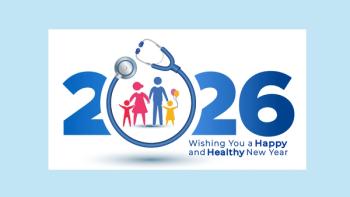
|Slideshows|January 28, 2020
6 impacts of using outdated communication tools
Author(s)Todd Shryock, Logan Lutton
The state of communication in healthcare is fragmented at best
Advertisement
A survey of healthcare leaders and patients conducted by TigerConnect, a provider of team collaboration software, examined challenges in healthcare communication. The results show a fragmented state of communication in healthcare, with many organizations still heavily reliant on landline phones, fax machines, and pagers.Here are the impacts of using outdated communication tools.
Newsletter
Stay informed and empowered with Medical Economics enewsletter, delivering expert insights, financial strategies, practice management tips and technology trends — tailored for today’s physicians.
Advertisement
Latest CME
Advertisement
Advertisement
Trending on Medical Economics
1
Physicians turning to AI for clinical support, not just paperwork, athenahealth survey finds
2
Medicare’s $10 billion wake-up call: Wound care is more than numbers — why primary care physicians must step up in 2026
3
Staying healthy, getting healthier in 2026
4
Five email security priorities every private practice should adopt in 2026
5








